Home>Gardening & Outdoor>Landscaping Ideas>What Is The Best Topsoil For Lawns
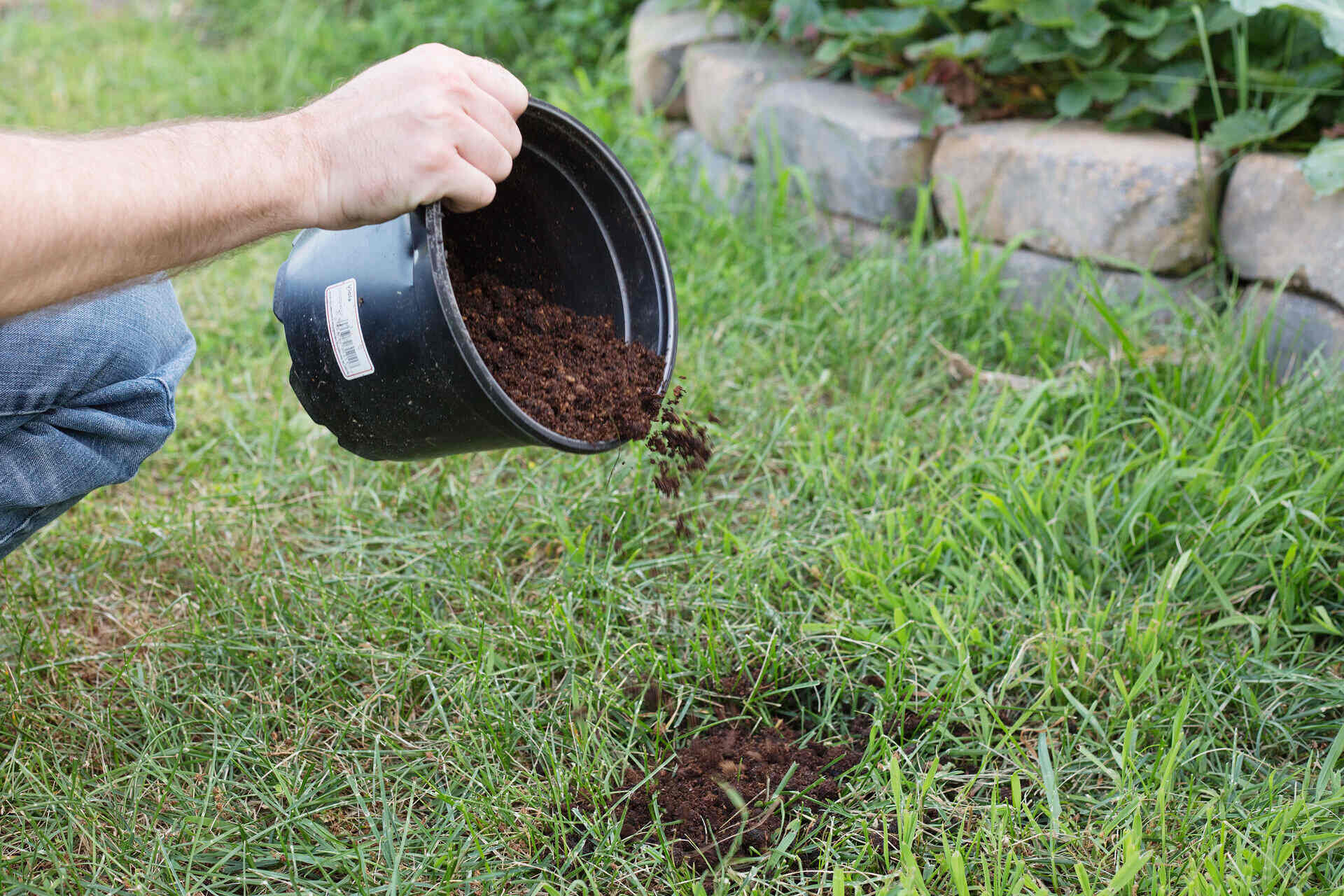

Landscaping Ideas
What Is The Best Topsoil For Lawns
Modified: January 5, 2024
Discover the best topsoil for your lawn with our expert landscaping ideas. Find the perfect solution for a lush, healthy lawn.
(Many of the links in this article redirect to a specific reviewed product. Your purchase of these products through affiliate links helps to generate commission for Storables.com, at no extra cost. Learn more)
Introduction
So, you've decided to take your lawn to the next level. You've put in the hard work, diligently watering, mowing, and fertilizing. But have you considered the crucial role that topsoil plays in achieving a lush, healthy lawn? If not, don't worry – you're in the right place.
In this comprehensive guide, we'll delve into the world of topsoil for lawns, exploring the different types available and the factors to consider when choosing the best topsoil for your specific needs. Whether you're a seasoned gardener or a novice looking to revamp your lawn, understanding the ins and outs of topsoil is essential for success.
We'll discuss the various characteristics that make topsoil ideal for promoting healthy grass growth, as well as the best practices for selecting and using topsoil effectively. By the end of this article, you'll be equipped with the knowledge to make informed decisions about topsoil, ensuring that your lawn flourishes for years to come.
So, grab a cup of coffee, find a comfortable spot, and let's dive into the world of topsoil for lawns. It's time to take your lawn from average to extraordinary.
Key Takeaways:
- The right topsoil is crucial for a healthy lawn, providing essential nutrients, moisture retention, and aeration for robust grass growth. Consider factors like organic matter, texture, and sustainability when choosing topsoil.
- Different types of topsoil offer unique benefits for landscaping. From screened topsoil to custom blends, understanding the characteristics of each type can help you select the best topsoil for your lawn’s specific needs.
Read more: What Topsoil For Grass Seed
Understanding Topsoil
Topsoil is the uppermost layer of soil, typically the top 2 to 8 inches, that is rich in organic matter and nutrients. It is the foundation upon which healthy lawns thrive, providing essential support for root development, water retention, and nutrient uptake. Understanding the composition and characteristics of topsoil is crucial for creating an optimal environment for lush, green grass.
One of the key components of topsoil is organic matter, which includes decomposed plant and animal materials. This organic matter contributes to the soil’s fertility, moisture retention, and overall structure. Additionally, topsoil contains a diverse community of microorganisms that play a vital role in breaking down organic matter and releasing nutrients for plant uptake.
Texture is another important aspect of topsoil. It refers to the relative proportions of sand, silt, and clay in the soil. The ideal topsoil for lawns strikes a balance between these components, allowing for adequate drainage while retaining sufficient moisture and nutrients. A loamy texture, which combines equal parts of sand, silt, and clay, is often considered the gold standard for topsoil due to its excellent water retention and drainage properties.
Furthermore, topsoil should be well-aerated to facilitate root respiration and microbial activity. Adequate aeration ensures that roots can access oxygen, a crucial element for healthy growth. Compacted or dense topsoil can impede root development and lead to waterlogging, ultimately hindering the overall health of the lawn.
By comprehensively understanding the composition and characteristics of topsoil, you can make informed decisions when selecting the best topsoil for your lawn. With this knowledge in hand, you’ll be well-equipped to create an optimal growing environment for your grass, setting the stage for a vibrant and resilient lawn.
Factors to Consider When Choosing Topsoil for Lawns
When it comes to choosing the best topsoil for your lawn, several critical factors should guide your decision-making process. By carefully considering these factors, you can ensure that the topsoil you select provides an ideal foundation for healthy grass growth and long-term vitality.
- Organic Matter Content: Opt for topsoil with a high organic matter content, as it enhances soil fertility, promotes beneficial microbial activity, and aids in moisture retention. Look for dark, crumbly topsoil, as it often indicates a higher organic matter content.
- Texture and Structure: Consider the texture and structure of the topsoil. A loamy texture, characterized by balanced proportions of sand, silt, and clay, is generally preferred for lawns due to its optimal drainage and moisture retention properties.
- Aeration and Drainage: Ensure that the topsoil provides adequate aeration and drainage. Compacted or poorly aerated topsoil can impede root growth and lead to waterlogging, negatively impacting the health of the lawn.
- pH Levels: Test the pH levels of the topsoil. Most grasses thrive in slightly acidic to neutral soils, so it’s essential to choose topsoil with a pH level that aligns with the needs of your specific grass species.
- Weed and Contaminant-Free: Select topsoil that is free from weeds, pests, and contaminants. Contaminated topsoil can introduce harmful substances to your lawn, while weed-infested topsoil may lead to ongoing maintenance challenges.
- Sustainability and Ethical Sourcing: Consider the sustainability and ethical sourcing practices of the topsoil supplier. Opt for topsoil that is sourced responsibly and aligns with environmental conservation practices.
- Local Climate and Conditions: Take into account the local climate and environmental conditions when choosing topsoil. Select topsoil that is well-suited to the specific climate and soil conditions in your area, ensuring that it complements the natural ecosystem.
By carefully evaluating these factors, you can make an informed decision when selecting topsoil for your lawn. Keep in mind that the right topsoil can significantly impact the health and vibrancy of your grass, providing a solid foundation for a flourishing lawn.
When choosing topsoil for your lawn, look for a mix that is well-draining, nutrient-rich, and free of debris. A loamy topsoil with a good balance of sand, silt, and clay is ideal for promoting healthy grass growth.
Different Types of Topsoil
Topsoil comes in various types, each with its own distinct characteristics and suitability for specific landscaping and gardening needs. Understanding the different types of topsoil available can help you make an informed choice that aligns with the requirements of your lawn and landscape projects.
Here are some common types of topsoil:
- Screened Topsoil: This type of topsoil has undergone a screening process to remove large debris, rocks, and other impurities, resulting in a finer and more uniform texture. Screened topsoil is often preferred for landscaping and lawn applications due to its consistency and ease of spreading.
- Fill Dirt: Fill dirt is typically used to raise the elevation of low-lying areas or fill in holes and gaps in the landscape. While it may contain some organic matter, fill dirt is generally less nutrient-rich than screened topsoil and is often utilized for structural purposes rather than promoting plant growth.
- Garden Mix: Garden mix is a blend of topsoil, compost, and other organic materials, creating a nutrient-dense and well-aerated growing medium. It is commonly used for creating raised beds, establishing vegetable gardens, and enhancing the fertility of planting areas.
- Sandy Topsoil: Sandy topsoil is characterized by a higher proportion of sand particles, resulting in excellent drainage but reduced water and nutrient retention. It is suitable for areas that require improved drainage, such as raised beds or locations with naturally heavy clay soils.
- Clayey Topsoil: Clayey topsoil contains a higher percentage of clay particles, offering superior water and nutrient retention but often posing challenges related to drainage and aeration. It can be beneficial for addressing moisture retention in sandy soils but may require amendments to improve overall soil structure.
It’s important to assess the specific needs of your lawn and landscaping projects when choosing the type of topsoil to use. Consider factors such as drainage, fertility, and the intended application of the topsoil to determine the most suitable type for your unique requirements. By selecting the right type of topsoil, you can lay the groundwork for healthy, thriving plants and a vibrant outdoor environment.
Best Topsoil for Lawns
When it comes to selecting the best topsoil for your lawn, several key considerations come into play. The ideal topsoil should provide a nutrient-rich, well-aerated, and balanced environment that supports robust grass growth and overall lawn health. Here are some topsoil options that are well-suited for promoting lush, vibrant lawns:
- Screened Topsoil with Organic Amendments: Opting for screened topsoil enriched with organic amendments such as compost or peat can significantly enhance its fertility and structure. Organic amendments improve the soil’s ability to retain moisture, promote beneficial microbial activity, and provide essential nutrients for grass growth.
- Loamy Topsoil: Topsoil with a loamy texture, comprising balanced proportions of sand, silt, and clay, is highly desirable for lawns. Its optimal combination of drainage, moisture retention, and nutrient availability creates an ideal habitat for healthy grass roots and microbial communities.
- Custom Blended Topsoil: Consider custom-blended topsoil tailored to the specific needs of your lawn. Custom blends can incorporate organic matter, sand, and other soil components to create a topsoil mix that aligns precisely with the requirements of your grass species and local soil conditions.
- Sustainable, Locally-Sourced Topsoil: Choosing topsoil sourced from local, sustainable sources can benefit both your lawn and the environment. Locally-sourced topsoil is more likely to be well-suited to the native soil conditions and climate, promoting seamless integration with the existing ecosystem.
- Soil Tested and Certified Topsoil: Opt for topsoil that has been rigorously tested and certified for its quality and suitability for lawn applications. Certified topsoil provides assurance regarding its nutrient content, pH levels, and absence of contaminants, offering peace of mind for your lawn projects.
Ultimately, the best topsoil for your lawn will depend on factors such as your local climate, soil conditions, and the specific needs of your grass species. By evaluating these considerations and selecting topsoil that aligns with the unique requirements of your lawn, you can lay the groundwork for a thriving, resilient, and visually stunning lawn that enhances your outdoor living space.
Read more: What Is The Best Grass For Lawns
Conclusion
Congratulations! You’ve now gained valuable insights into the world of topsoil for lawns, equipping yourself with the knowledge to make informed decisions that will elevate the health and beauty of your outdoor space. By understanding the composition, characteristics, and various types of topsoil, you are well-prepared to embark on your journey towards creating a vibrant and resilient lawn.
Remember, the foundation of a healthy lawn begins with the soil beneath it. The right topsoil provides a nurturing environment for grass roots, promotes beneficial microbial activity, and ensures optimal moisture retention – all essential elements for a thriving lawn. By carefully considering factors such as organic matter content, texture, drainage, and sustainability, you can select topsoil that aligns perfectly with the unique needs of your lawn and the local environment.
As you venture into the world of topsoil selection, keep in mind the importance of balance and harmony. Seek out topsoil that strikes the perfect equilibrium between fertility, structure, and sustainability, laying the groundwork for a lawn that not only looks stunning but also flourishes with vitality and resilience.
Whether you opt for screened topsoil enriched with organic amendments, a custom-blended mix tailored to your lawn’s specific requirements, or locally-sourced topsoil that harmonizes with the natural ecosystem, your thoughtful selection will set the stage for a lawn that becomes the envy of the neighborhood.
So, take the knowledge you’ve acquired and embark on your topsoil journey with confidence. With the right topsoil as the cornerstone, your lawn will flourish, providing a lush and inviting backdrop for outdoor enjoyment, relaxation, and quality time with family and friends. Here’s to the vibrant, healthy, and breathtaking lawn you’re about to cultivate – it all starts with the perfect topsoil.
Frequently Asked Questions about What Is The Best Topsoil For Lawns
Was this page helpful?
At Storables.com, we guarantee accurate and reliable information. Our content, validated by Expert Board Contributors, is crafted following stringent Editorial Policies. We're committed to providing you with well-researched, expert-backed insights for all your informational needs.
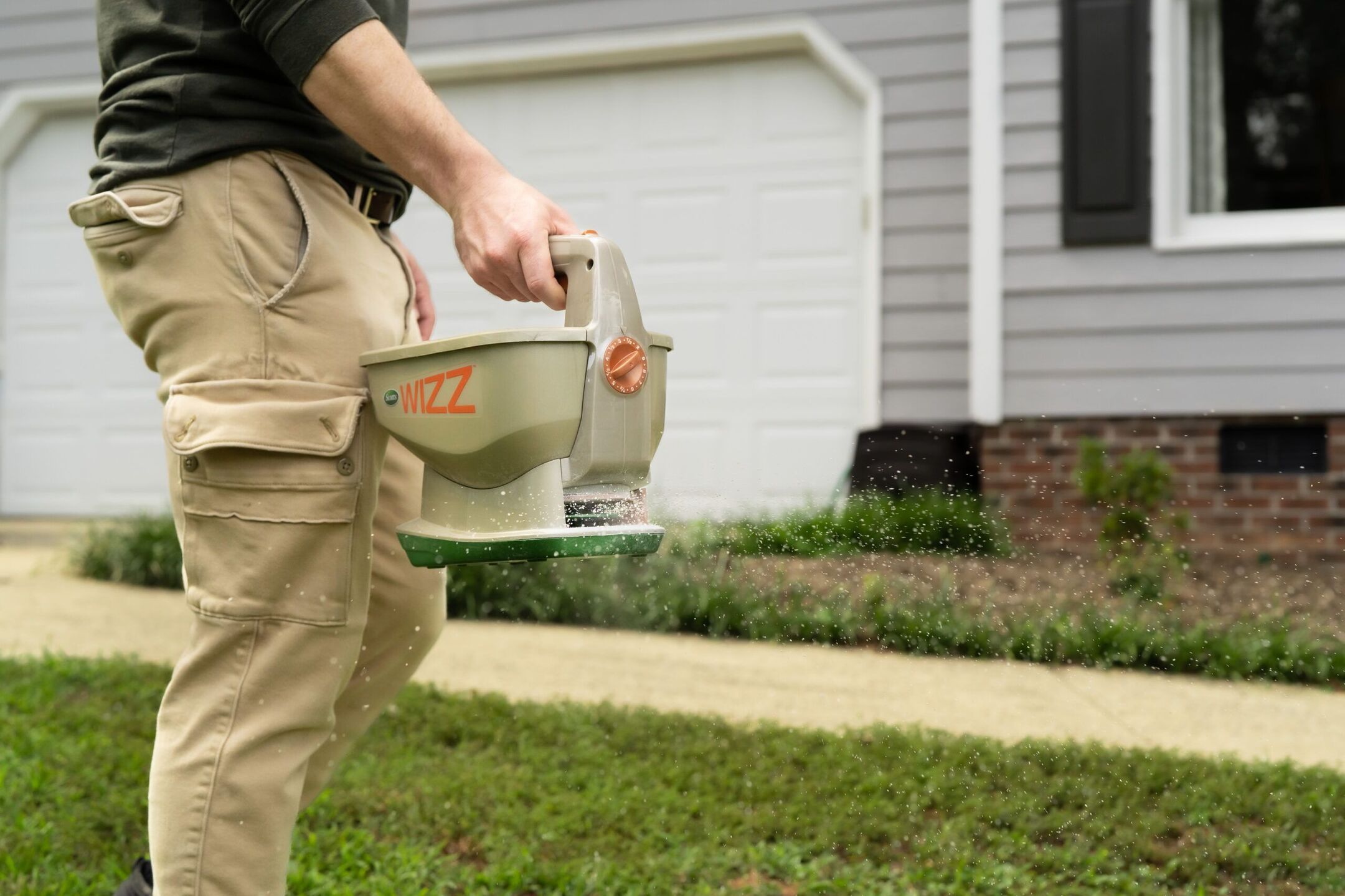
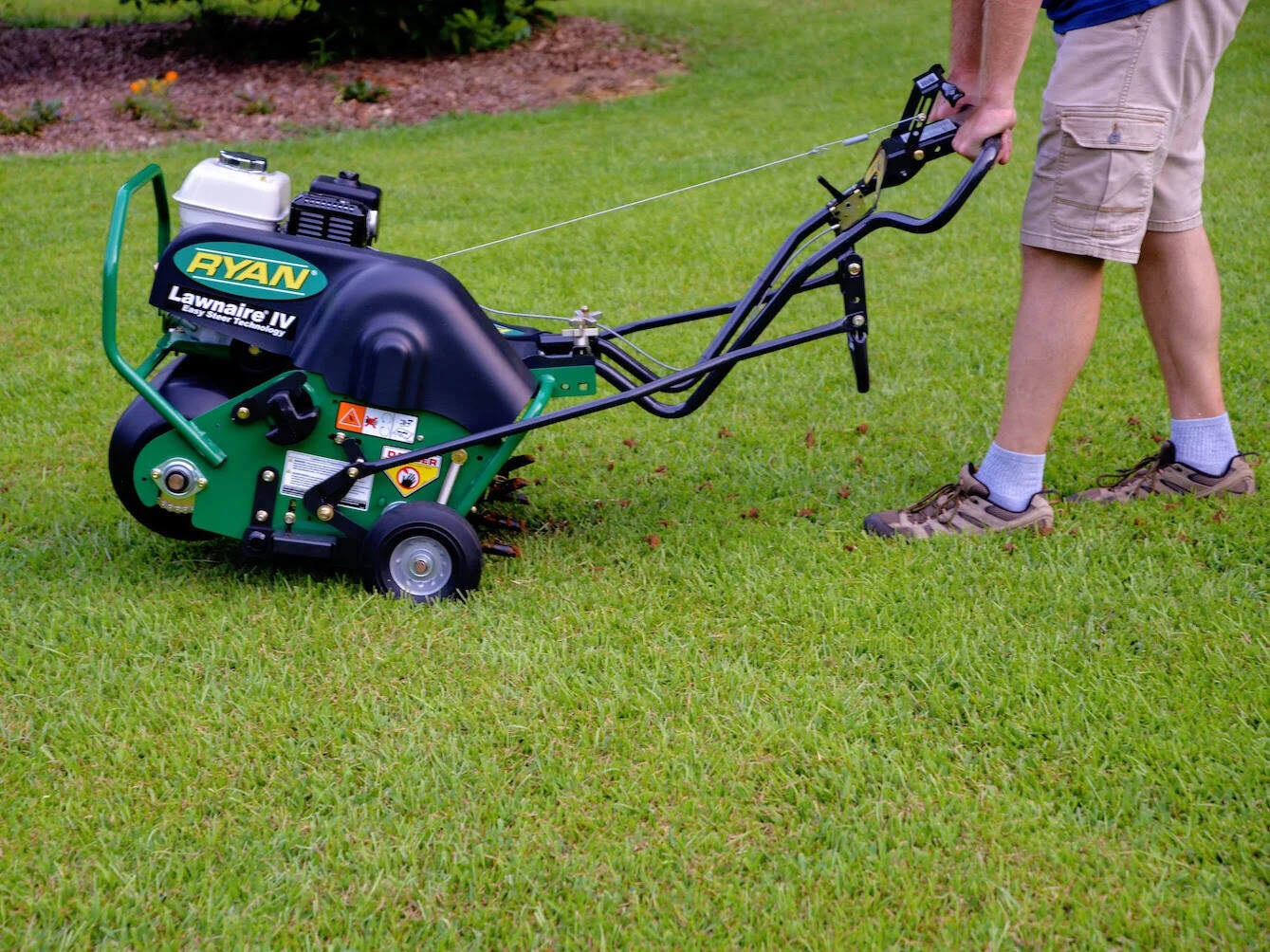

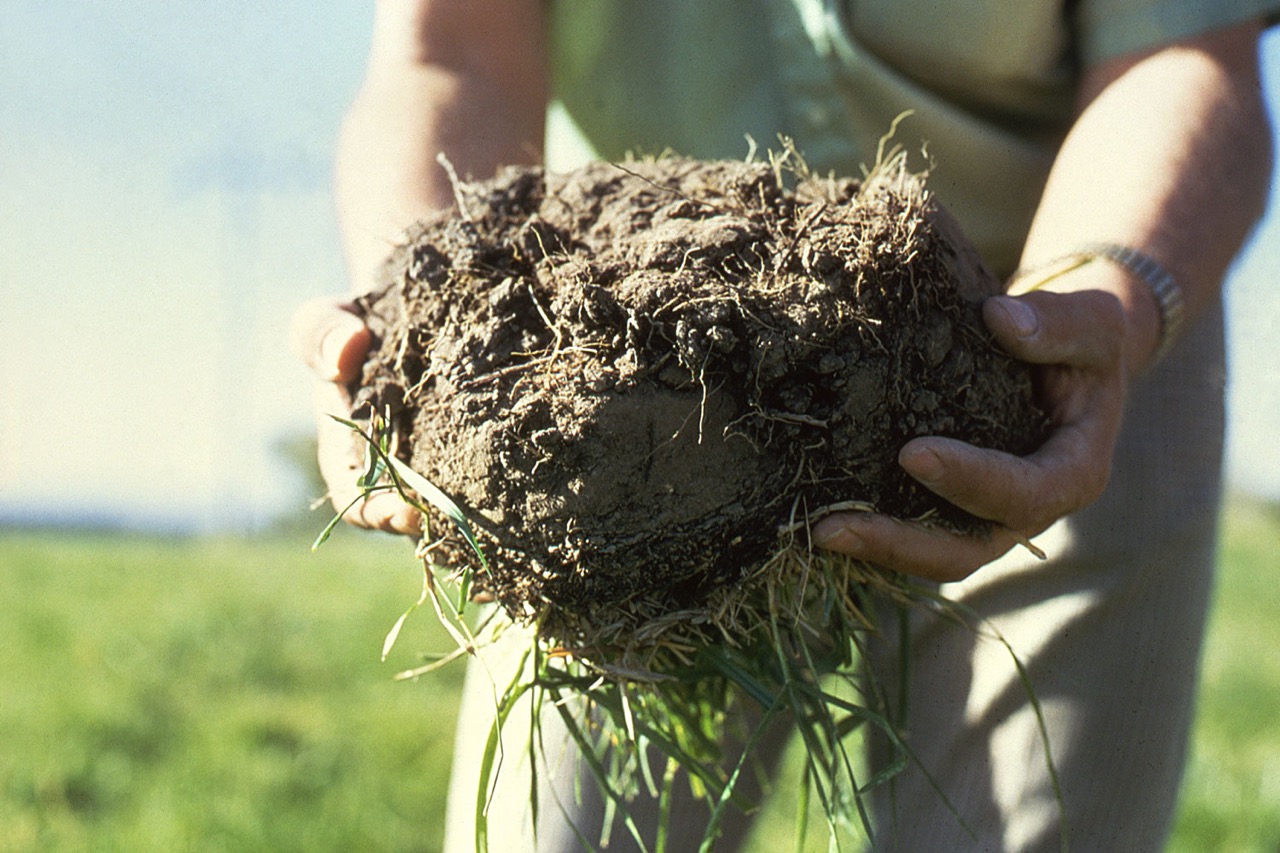
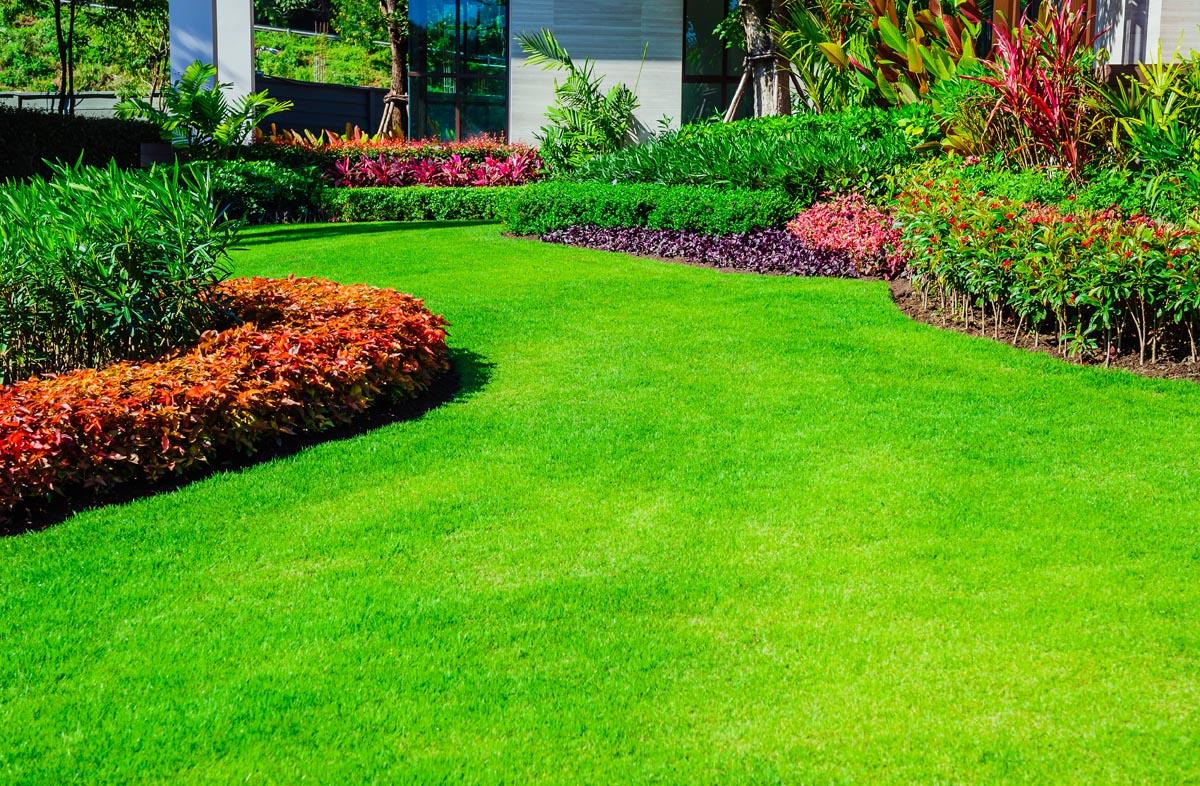
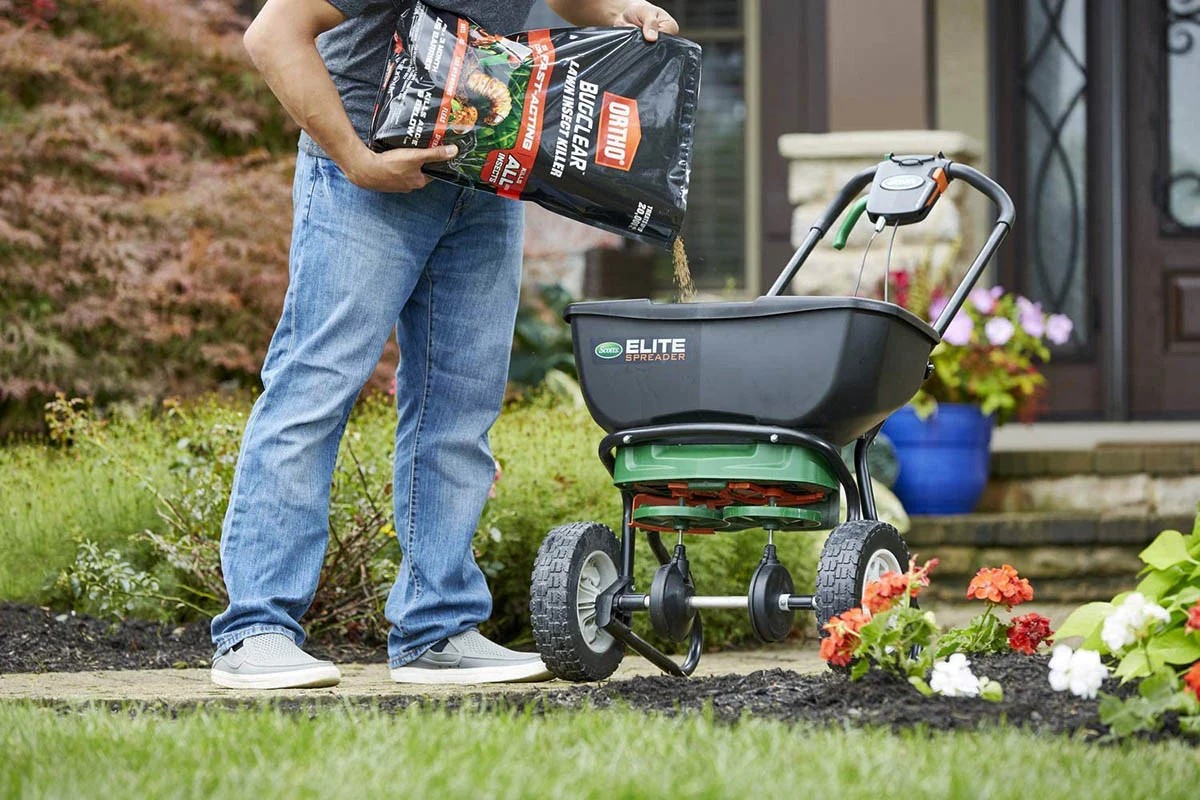
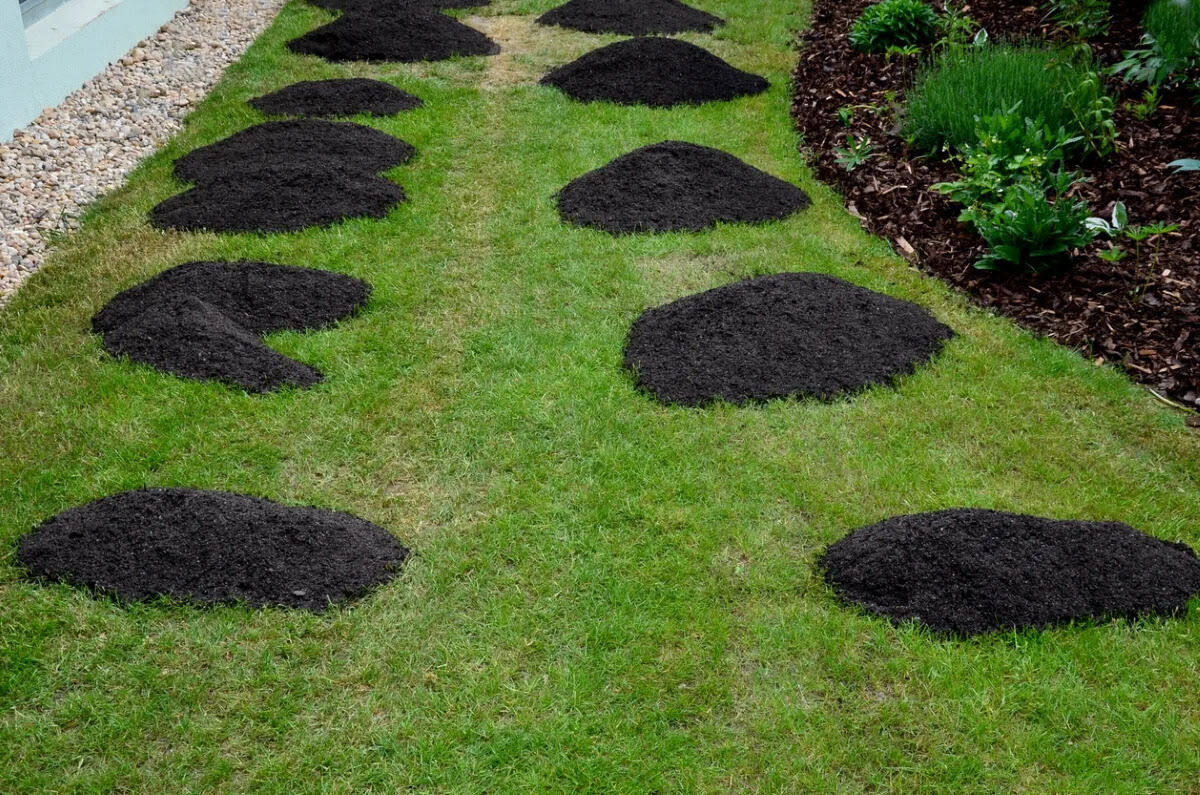
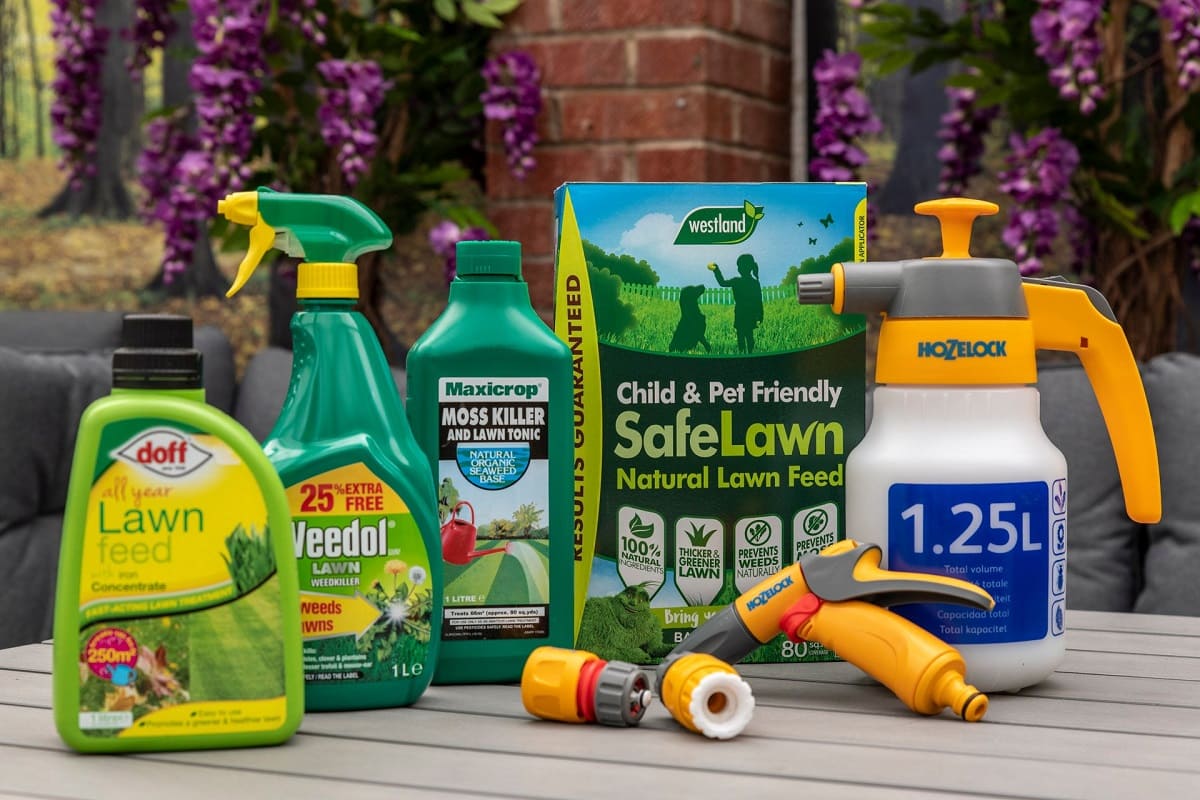
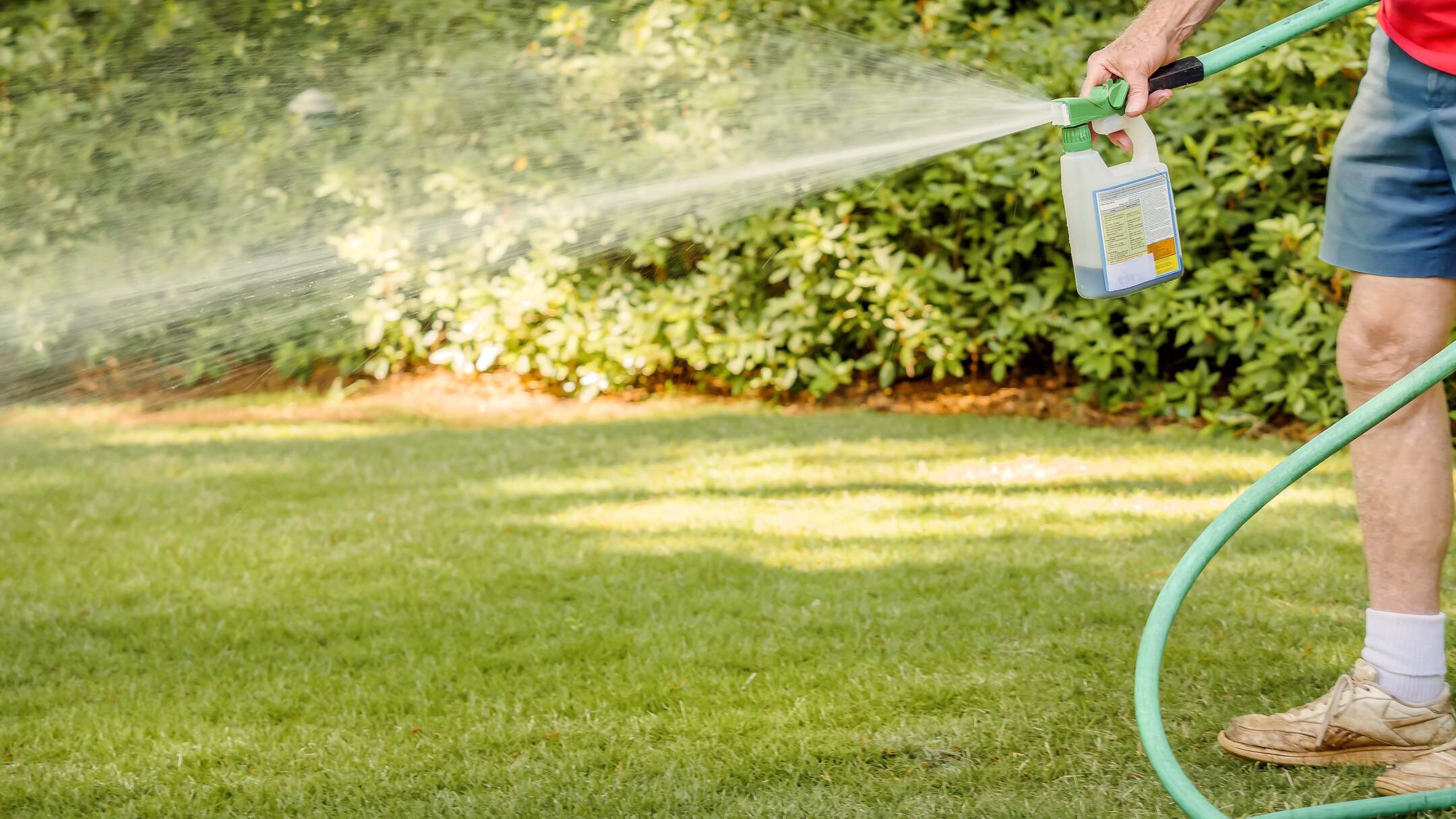
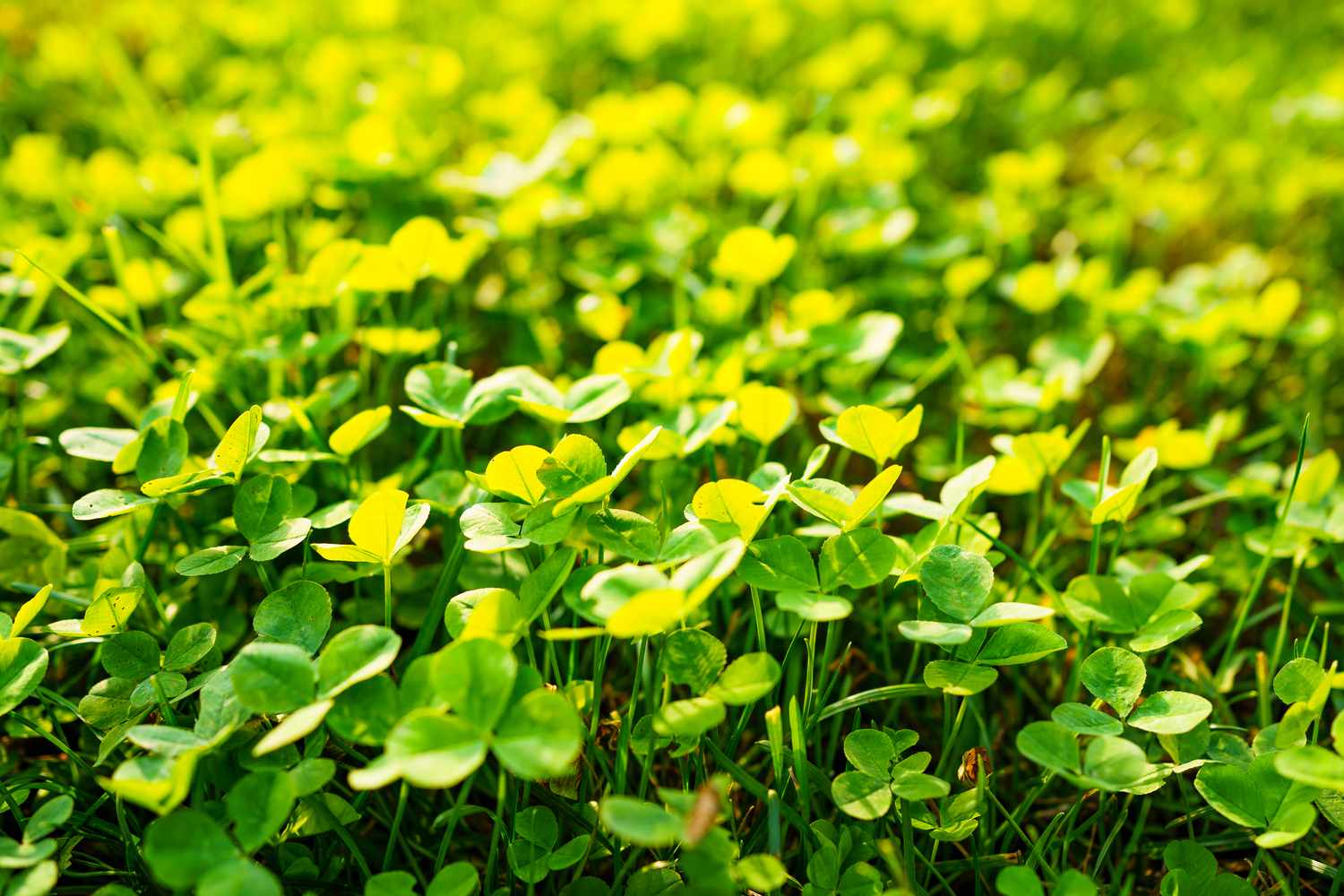
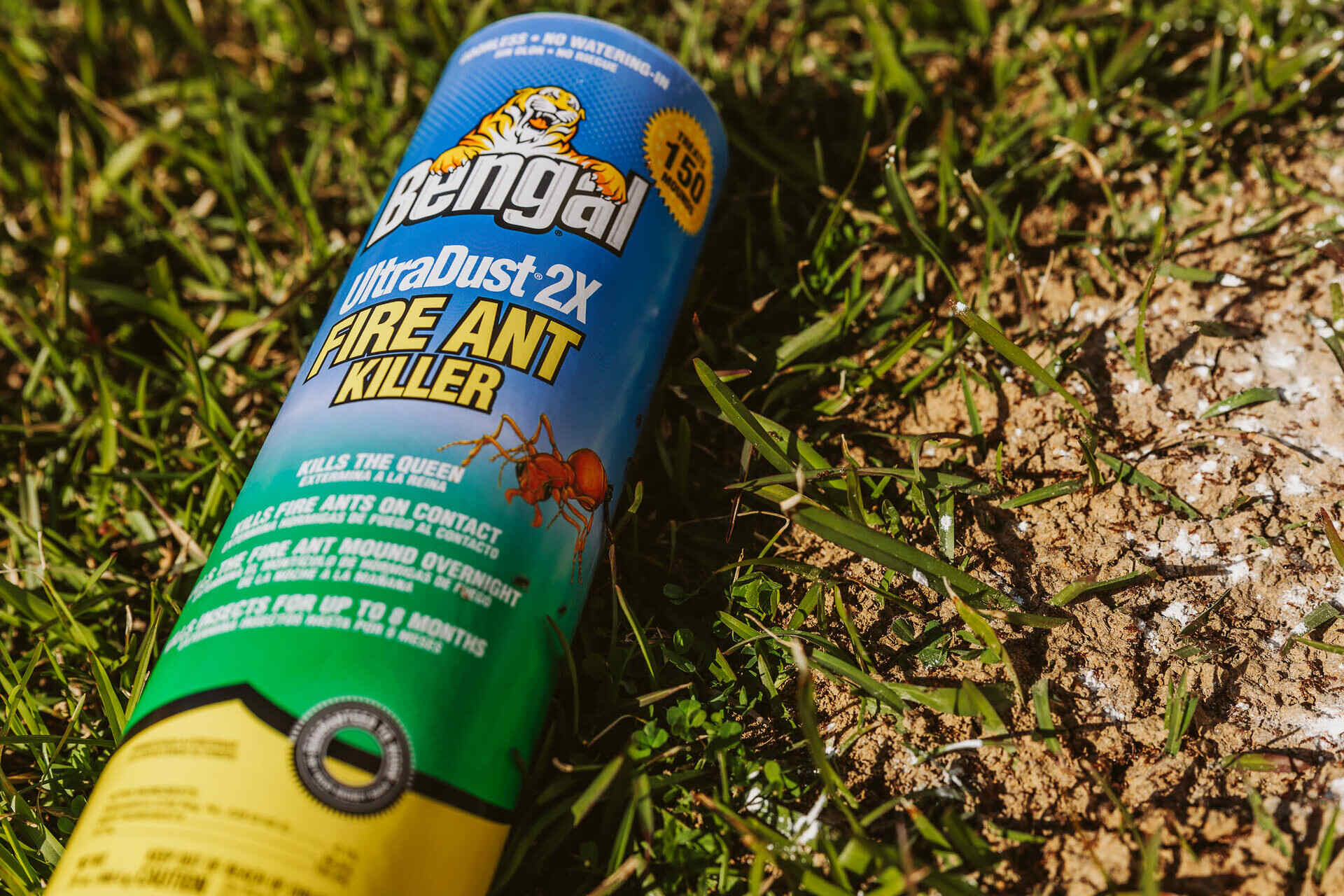
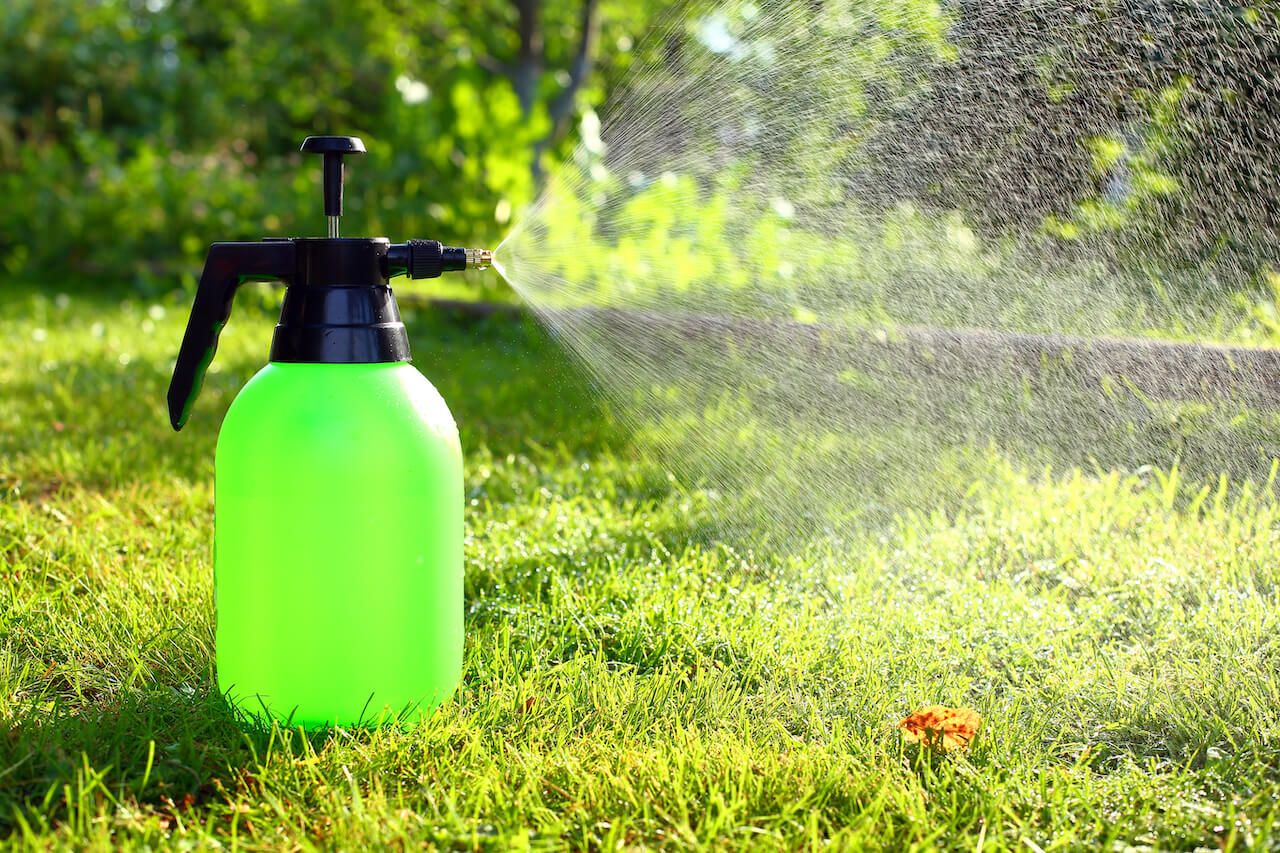
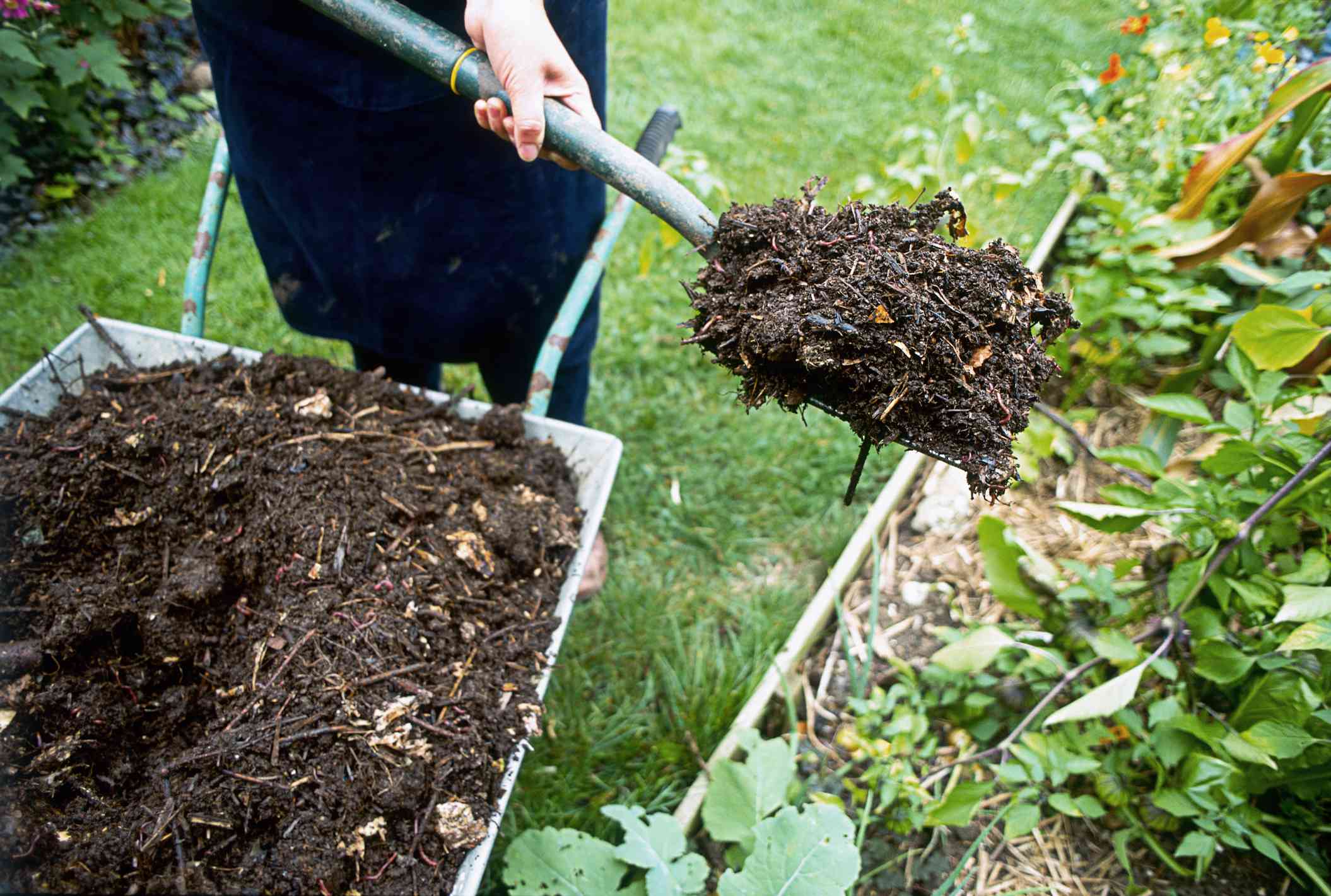
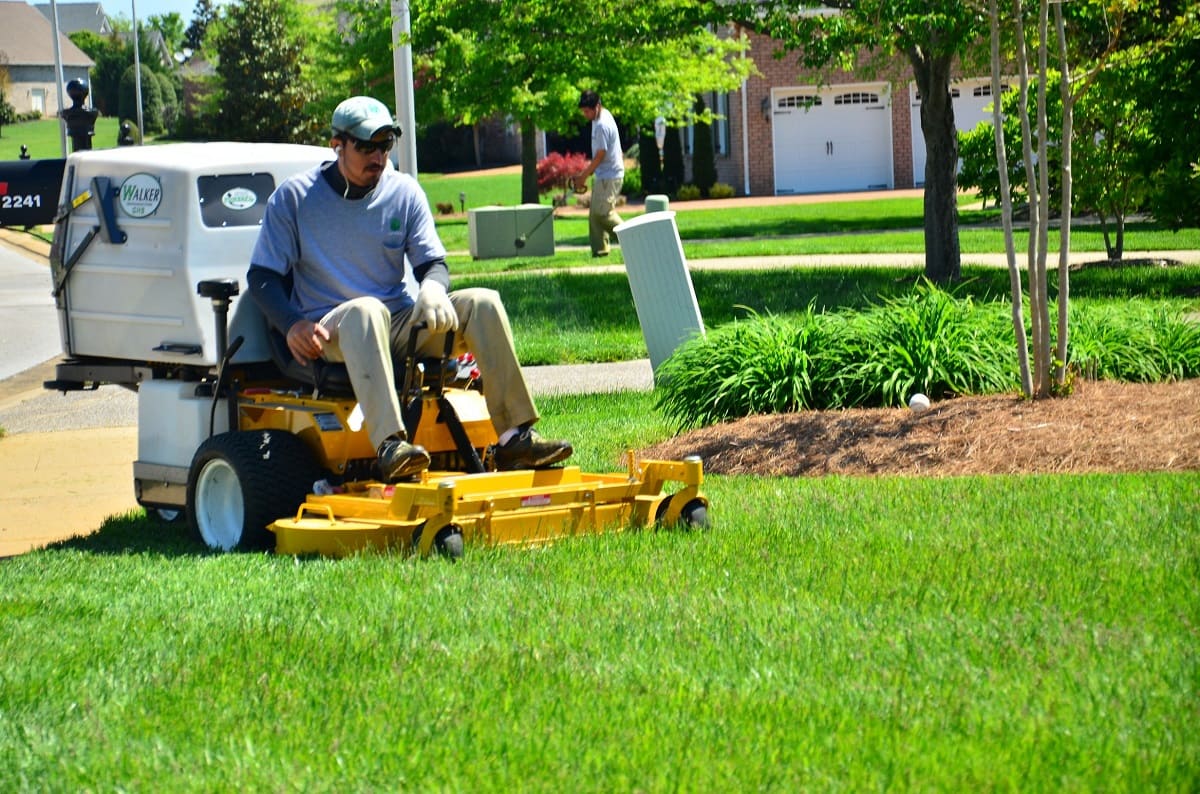

0 thoughts on “What Is The Best Topsoil For Lawns”